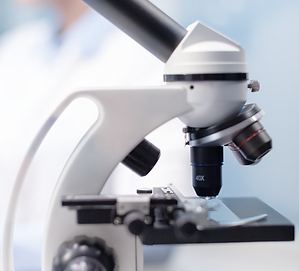top of page
Mohs Micrographic Surgery
Mohs surgery is the most advanced and single, most effective treatment for removing Basal Cell Carcinoma (BCC) and Squamous Cell Carcinoma (SCC), the two most common forms of skin cancer. Mohs surgery has a cure rate up to 99% for the majority of Skin Cancers. It is considered a superior alternative to other treatments and recommended as the treatment of choice.
Mohs micrographic surgery is a highly technical, precise method for removing skin cancer tissues invented by surgeon Frederic Mohs.
The Mohs procedure allows for the examination of 100% of the tissue margins, thereby minimising the chance of tumour cells being left behind. Cancer cells can be confidently cleared with narrower margins than is possible with standard surgery, preserving as much healthy skin
as possible and resulting in a smaller wound (defect) requiring repair.
Mohs surgery allows cancer removal in stages to avoid unnecessary excision of healthy tissue. During the procedure Dr Lipscombe removes all visible skin cancer tissue, which he then analyses under a microscope in our Mohs Laboratory. The tissue is immediately processed so the margins (edges) can be examined microscopically to check the skin cancer has been completely removed.
If tumour is present at the margins, a further Mohs layer is excised just from the involved area and examined. The process is repeated until pathology confirms the skin cancer has been completely removed.
Once the cancer has been completely removed, the wound (defect) is closed, likely with a flap or graft reconstruction. This is all done in one surgical session with Dr Lipscombe. Or repair can be coordinated with a plastic surgeon if desired.
Ensuring the complete removal of cancer whilst minimising the amount of skin removed leaves the smallest wound (defect) possible. The end result is the complete removal of cancer with the smallest scar possible.

Mohs Surgery is recommended for
BCC and SCC skin cancers:
-
Located on high-risk areas and areas where tissue conservation is important such as the nose, ears, lips, eyelids, fingers and genitals.
-
Which have recurred despite previous treatment.
-
Occurring within scar tissue
-
Which have poorly defined edges
-
Which have aggressive features on biopsy analysis such as Morphoeic BCC, Infiltrative BCC, Micronodular BCC or Perineural Disease
Dr Lipscombe regularly performs Mohs Surgery at Sydney Day Hospital
Level 1, 187 Macquarie Street, Sydney
bottom of page